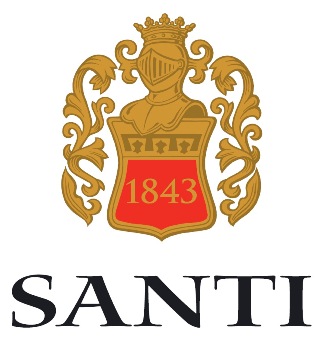Eternal Bauhaus: Myths, Legends, and Contributions of the Bauhaus on its 100th Birthday
December 03, 2019
At first, the Bauhaus was as much a radically experimental art and design school, as it was a means for promulgating ideas about modernism in design far beyond the provincial German cities of Weimar and Dessau, where the school made its home for all but the final year of its short existence. The school lasted only 14 years, before it was closed under pressure from the National Socialist Government that came to power in Germany in 1933. Long before that, however, its unusual name had become synonymous with modernist design, the result of the Bauhaus’ creative use of publications and exhibitions to broadcast its philosophy and to amplify its achievements. In the exhibition which took place in Weimar in 1923, the school displayed student work, and also harnessed a panorama of European modernism associating the work of architects from the Netherlands with the work of the students and masters in the United States. Reality and myth began to fuse in the perception of the Bauhaus, where in fact no architectural instruction was offered until the school moved to Dessau a few years later. This lecture will look at the difficult task of distinguishing the Bauhaus as school, from the Bauhaus as a propaganda machine. Already a force during its lifetime, the Bauhaus only grew after its demise, as its legacy got caught up in the politics of the Second World War and then the Cold War. The talk will also examine the question, to what extent has the opening of two new museums and hundreds of exhibitions in this centennial year of the Bauhaus contributed to a deeper understanding or reinforcement of myths forged through exhibitions for nearly a century.
Barry Bergdoll is Meyer Schapiro Professor of Art History at Columbia University and the former Chief Curator in the Department of Architecture and Design at the Museum of Modern Art, New York. A specialist in the history of modern architecture, he curated numerous exhibitions at MoMA, the Canadian Centre for Architecture, the Musée d’Orsay, and other venues, including Mies In Berlin (2001), Bauhaus 1919–1933: Workshops for Modernity (2009–2010), Latin America in Construction : Architecture 1955-1980 (2015) and Frank Lloyd Wright at 150 : Unpacking the Archive (2017).
He is the author most recently of Marcel Breuer: Building Global Institutions (2017), and many other publications including Mastering McKim’s Plan: Columbia’s First Century on Morningside Heights (1997) and European Architecture 1750–1890 (2000).
As a special addition to the evening please join us for a prior to the lecture for a complimentary reception with a wine tasting* and hors d’oeuvres from 5PM – 6PM hosted by Santi Wines. The Santi Winery is situated in the heart of the most acclaimed wine growing zones in the Veneto near Lake Garda and is devoted to the production of Soave Classico, Valpolicella and Amarone.
The Santi reception will be co-hosted by Federico Zanuso, (GIV) International Top Brands Manager and Sara Mule, (Frederick Wildman) Italian Fine Wine Specialist and will feature a tasting of:
- “Santico” Amarone della Valpolicella
- “Proemio” Amarone della Valpolicella Classico DOCG
- “Solane” Valpolicella Ripasso Classico Superiore DOC
- “Ventale” Valpolicella Superiore DOC
- Infinito Rosé Bardolino Chiaretto DOC
*Wine tasting for 21 and over.

